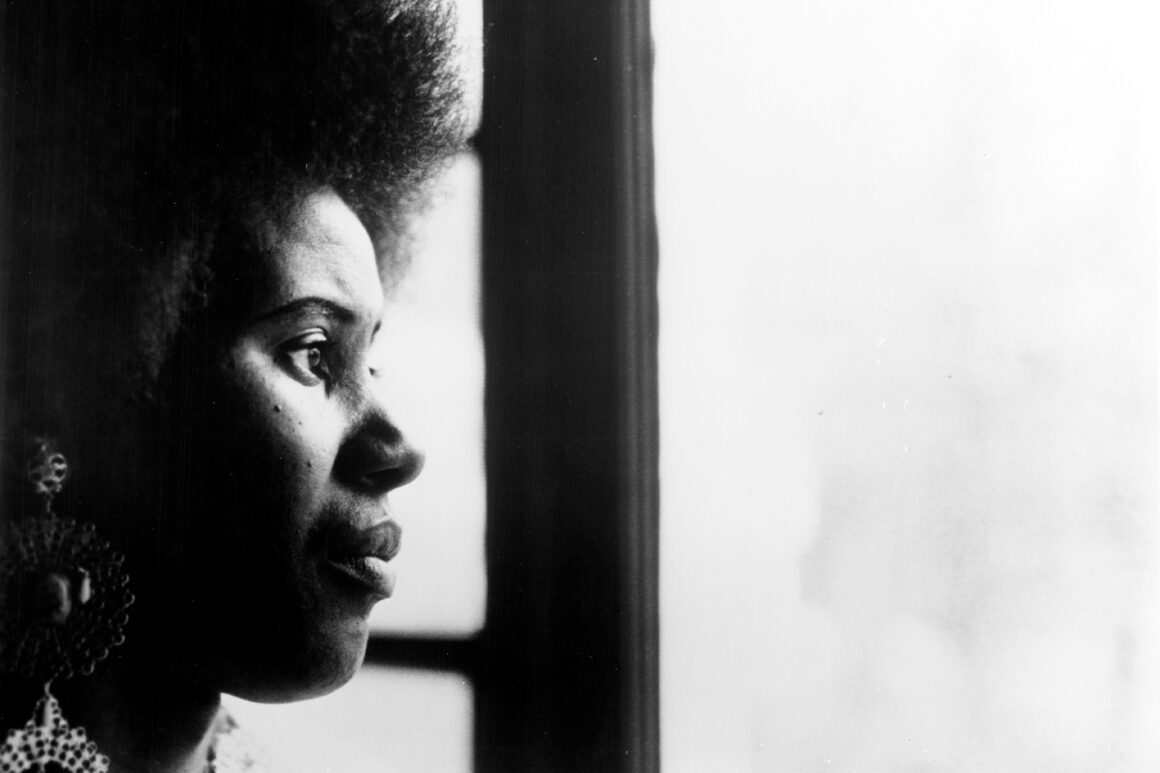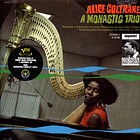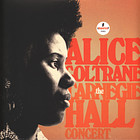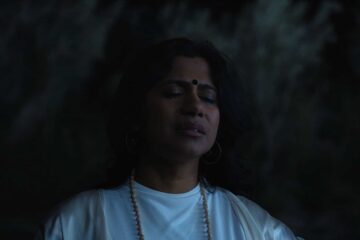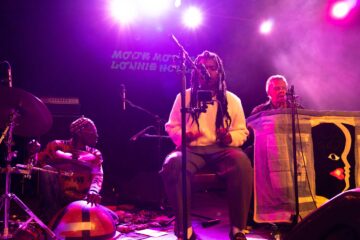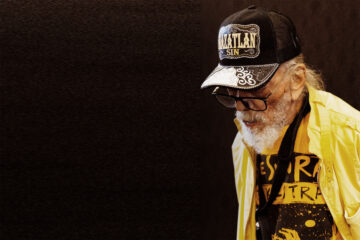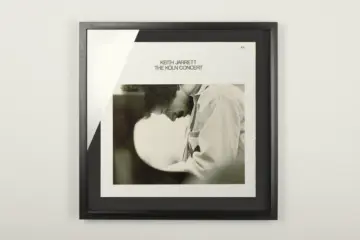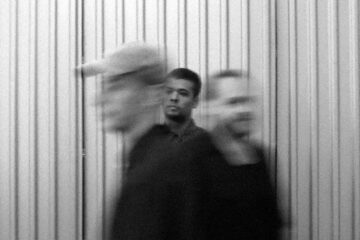The story begins with a swansong. Alice Coltrane became a solo artist and jazz innovator after the death of her husband John Coltrane in July 1967 at the age of 40. With »Expression«, the last album he signed off himself, the saxophone giant left the last traces of what the music of the future might sound like. It was released in September 1967, two months after his death. It is an album about the transition to a new musical era, one that Coltrane himself was no longer able to enter. But after a period of mourning, his wife Alice, who had played piano in his band for two years, picked up where her husband had left off, becoming a solo artist and one of the pioneers of spiritual jazz alongside Pharoah Sanders and Don Cherry.
Spiritual jazz is not a single musical genre, having emerged in the late 1960s partly as a response to traditional, authoritarian social structures. Rather, it is the expression of an inner attitude from which the music is born. It manifests itself in many different forms, as free jazz, avant-garde jazz, modal jazz or a mixture of all three. The Coltranes sought salvation in spirituality in their private lives, and it was only natural that this search should permeate their work. When the Coltranes spoke about God, they didn’t mean the God of a particular religion, but a spiritual universality that encompasses all world religions. This explains their interest in Eastern religions and Eastern music.
On his last album, John Coltrane left behind the expressive free jazz of the previous years, and the euphoria of his 1965 masterpiece »A Love Supreme« is echoed in his tenor saxophone. But when he reaches for the flute, as he does on »To Be«, the interplay with Pharoah Sanders’ piccolo creates magical moments, an unheard-of, new form of music that one would hardly dare to call jazz. It seems mysterious and not of this world.
Some things are eternal
The evolution John Coltrane went through as a musician from the early 60s to his death is unparalleled in the history of music. It took him only seven years to make the transition from modal jazz to free jazz to an early form of spiritual jazz. Constantly driven by the search for musical truth, always more interested in tomorrow than yesterday. His musicians either didn’t want to or couldn’t keep up with this evolution. Not least because during this phase Coltrane set up his band almost as an open ensemble, occasionally bringing in other instrumentalists. In 1965, pianist McCoy Tyner and drummer Elvin Jones left in disgust, signalling the end for Coltrane’s classic quartet. The leader replaced them with saxophonist Pharoah Sanders and his wife Alice on piano.
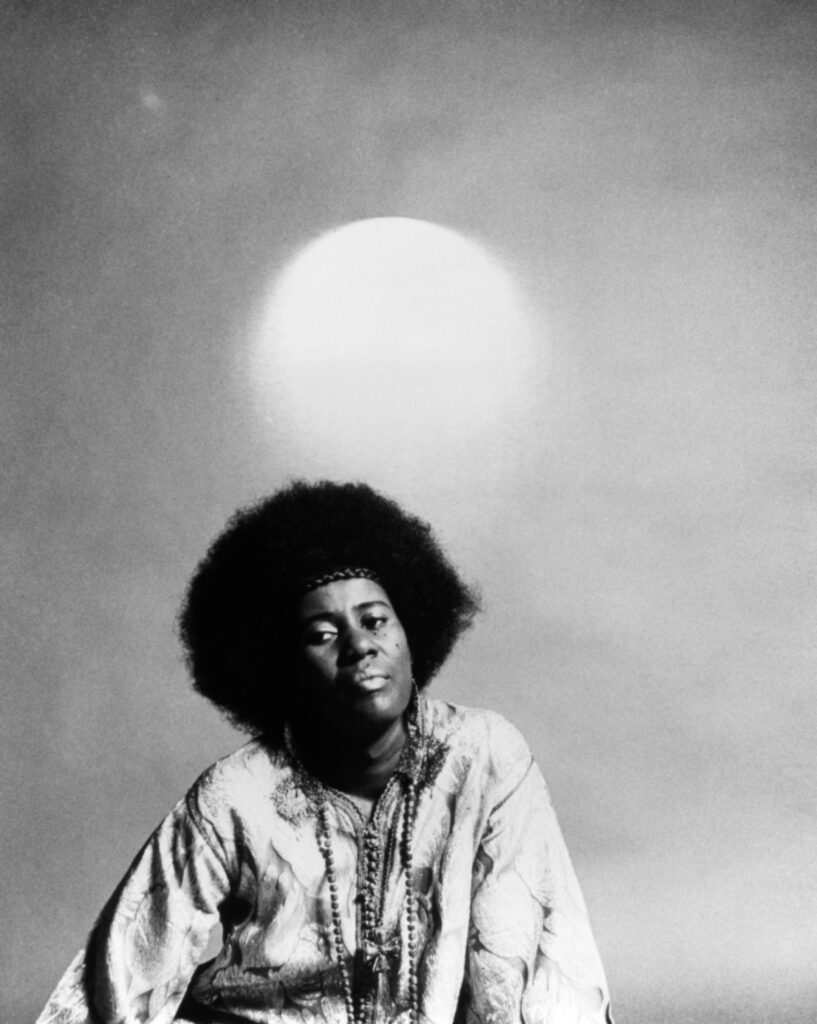
Alice Coltrane was born on 27 August 1937 as Alice McLeod in Detroit, Michigan. She began taking piano lessons at the age of seven with a music teacher neighbour. She received a classical education, studying music theory and harmony. Her older brother Ernie Farrow, who played bass with Stan Getz and others, introduced her to jazz. As a pianist, she accompanied musicians the likes of Yuseef Late and Terry Burrell.
In 1959, she travelled to Paris to study jazz piano with pianist and composer Bud Powell. Back in the USA, she played in vibraphonist Terry Gibbs’ band in around about 1962/1963. She met John Coltrane at a joint gig with Gibbs’ band in New York. It was not long before he separated from his first wife, Naima, and moved in with Alice. Shortly after his divorce from Naima, John Coltrane married Alice McLeod in 1966. She was already a member of her husband’s new quartet at the time. With her arpeggiated piano playing, Alice Coltrane added an entirely new sound to her husband’s musical explorations without even attempting to imitate the art of her predecessor, McCoy Tyner.
When the Coltranes spoke about God, they didn’t mean the God of a particular religion, but a spiritual universality that encompasses all world religions.
After her husband’s death, Alice Coltrane was given a record deal from Impulse!, his label. A woman leading a jazz band was an absolute exception in those days. Rumour has it that the record company made this decision for reasons that were not entirely altruistic in nature. Alice Coltrane was the executor of many of her husband’s unreleased recordings, which were released by Impulse! at regular intervals over the following decades. She released several albums on the label herself between 1968 and 1973, all now considered jazz classics:»A Monastic Trio« (1968), »Huntington Ashram Monastery« (1969), »Ptah, The El Daoud« (1970), »Journey in Satchidananda (1971), »Universal Consciousness« (1971), »World Galaxy« (1972) and »Lord Of Lords« (1973). The main members of her band were Pharoah Sanders, Rashied Ali and bassist Jimmy Garrison. All had played in her husband’s bands in previous years.
With the harp to the highest song
In her grief, she turns to Eastern religions. She seeks answers from Swami Satchidananda Saraswati. She dedicates her album »Journey in Satchidananda« to the Hindu guru. On it, she combines her spiritual jazz with Hindi classical music and uses instruments that are considered exotic, such as the tanpura, the oud and the harp. The harp soon became the symbol of her music.
Shortly before his death, John Coltrane is said to have bought a harp for his wife. Although she sees herself first and foremost as a pianist, she is still perceived primarily as a harpist. On her solo début, »A Monastic Trio«, she plays the harp alongside the piano on several tracks. The famous cover photo featuring the mighty instrument is probably burned into the collective memory. She loves the sound of the harp, but likes to play down her skills on the instrument. She lacks the musical background, she says, pointing to the virtues of Dorothy Ashby, who pioneered the harp in jazz in the 1950s.
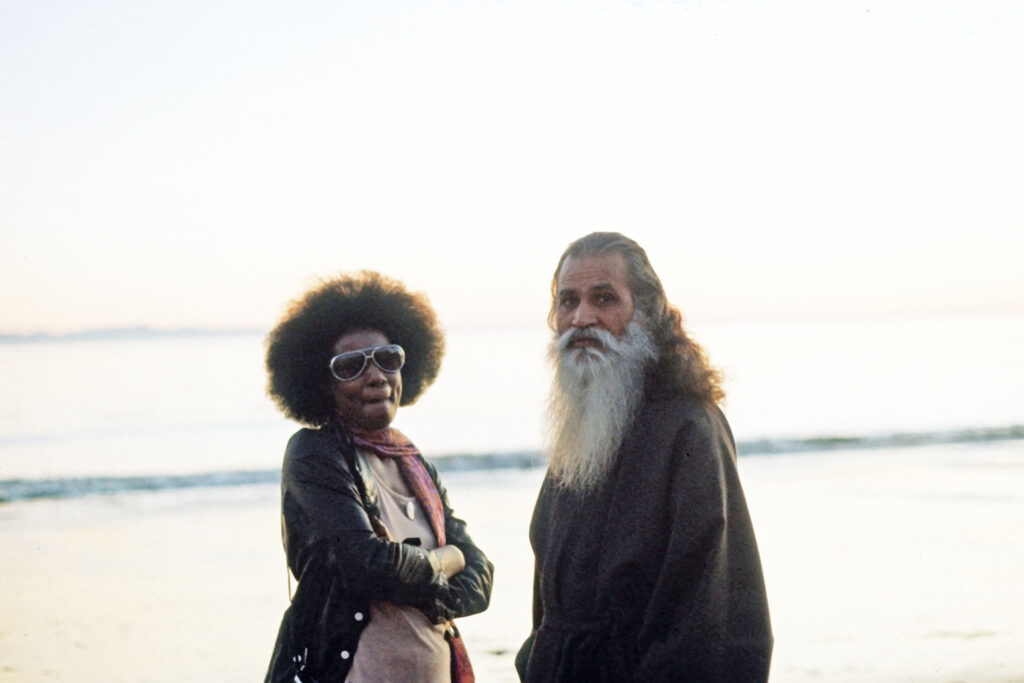
From 1972, Alice Coltrane added the Wurlitzer organ to her battery of instruments, which gives her music a meditative character. She records a series of albums for Warner Bros. in the late 1970s, but they fail to achieve the format of her earlier works. In 1976 she founds the Vedantic Centre in California, which moves to the Santa Monica Mountains in 1983 and becomes the Sai Anantam Ashram. Alice Coltrane serves as the spiritual director of the ashram and changes her name to Turiyasangitananda, which translates as »the highest song of bliss of the transcendental God«. In the 1980s and 1990s she records a series of albums with Hindu religious songs, which she sells on cassette and CD at her ashram. Besides a few public appearances, she retires from music. Only in 2004 does she release a new album, »Translinear Light«, which is to be her last and marks a return to spiritual jazz. Alice Coltrane succumbs to respiratory failure in Los Angeles on 12 January 2007 at the age of 69.
Beauty that lasts
Pop culture, which is supposed to look to the future, has become increasingly preoccupied with its own past over the past two decades. It is not necessarily a bad thing, if it means that lost treasures are rediscovered, rather than the same twenty bands doing their retro loops through the re-release circus. Alice Coltrane’s music has also been unearthed by the newfound interest in the old. And it is now reaching an audience beyond the jazz purists.
Her music is held in particularly high esteem by her contemporaries. Flying Lotus, aka Steven Ellison, is the great-nephew of Alice Coltrane. Ellison has sampled his great-aunt’s music extensively in his own tracks, raising her profile among fans. Alice Coltrane samples can also be found on tracks by Dean Blunt, The Cinematic Orchestra, The Last Poets and Cypress Hill. Both Radiohead and Solange have said that they are fans of Alice Coltrane, and Sam Shepherd, a.k.a. Floating Points, is even a super-fan.
»When you put her music on, you feel like you’re on top of the Alps, gazing out across thousands of miles of beauty. Even if you’re in King’s Cross station at rush hour.«
Floating Points
The producer boasts of owning all her records. He told the Guardian newspaper: »They have become important to me because they are literally transcendental recordings. When you put her music on, you feel like you’re on top of the Alps, gazing out across thousands of miles of beauty. Even if you’re at King’s Cross Station at rush hour, you can somehow still get a sense of this beauty.«
The music of contemporary jazz musicians such as Kamasi Washington and Angel Bat Dawid is heavily influenced by Coltrane and her version of spiritual jazz. But most of all, harpist Brandee Younger brings her tradition into the present.
Interest in Alice Coltrane’s »new« music continues unabated. At the end of March, the double LP »The Carnegie Hall Concert« was released to great critical acclaim. It features largely unreleased recordings of a concert in New York in February 1971. Accompanied by the likes of Pharoah Sanders, Archie Shepp, Cecil McBee, Jimmy Garrison and Ed Blackwell, Alice Coltrane shows her full musical virtuosity between impressionistic meditations and free and expressive outbursts.

